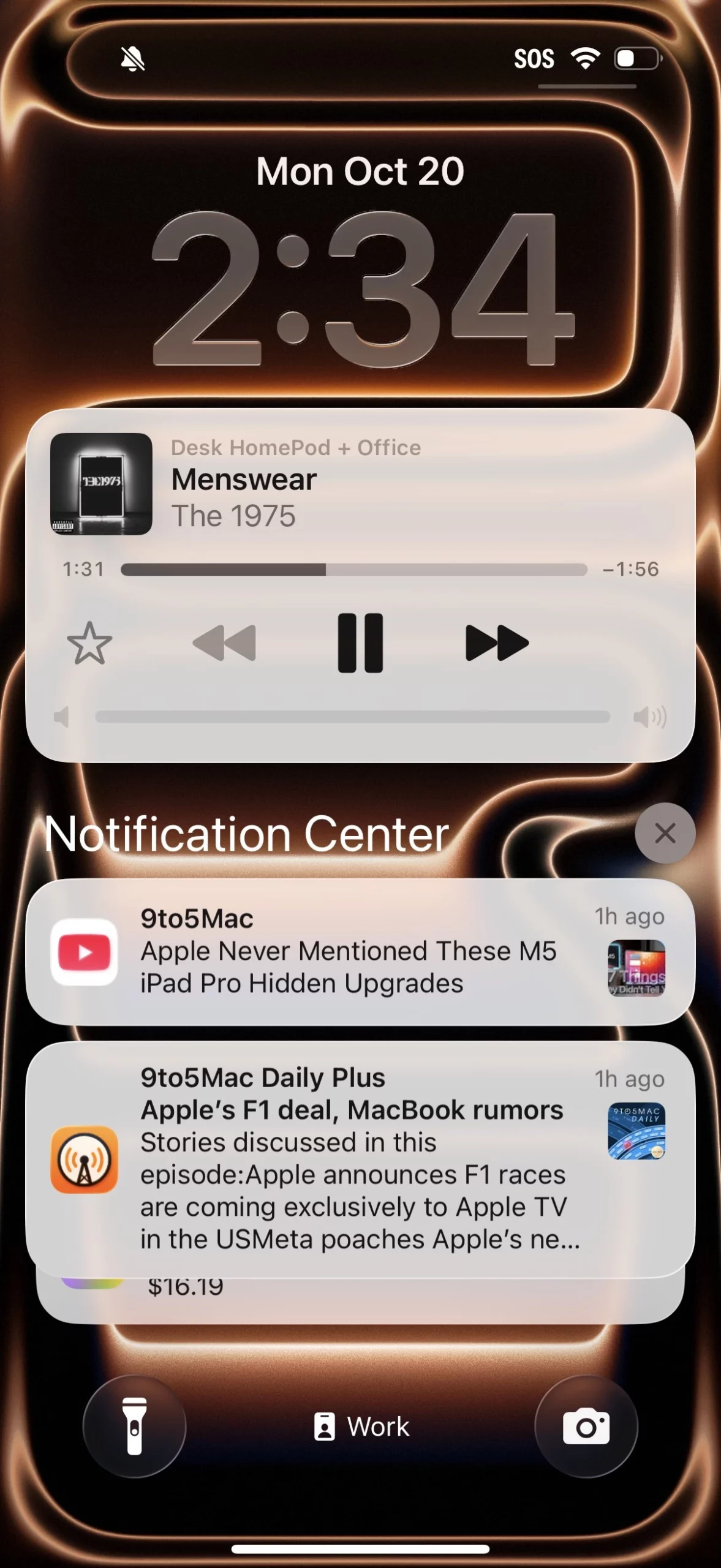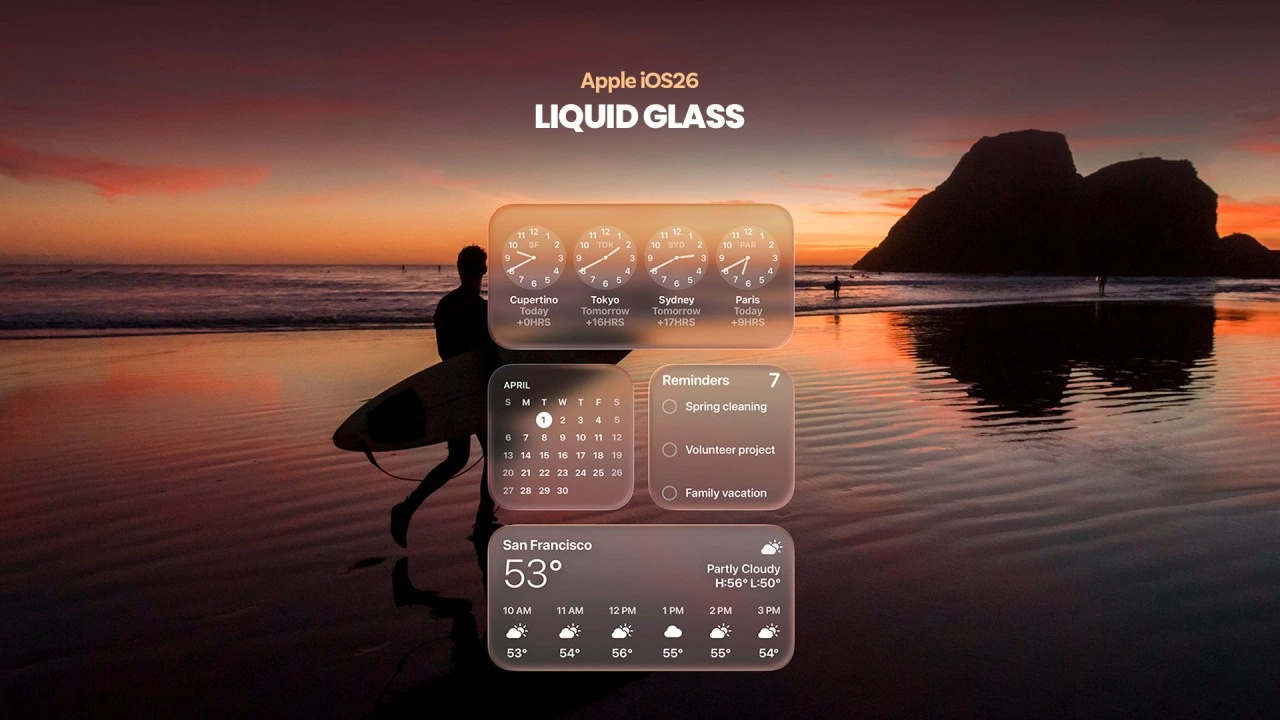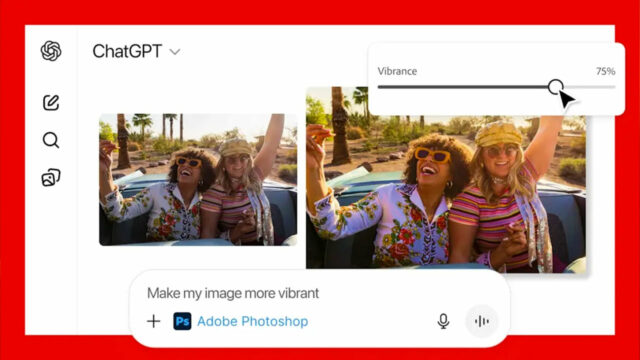Apple has taken a significant step forward by addressing user feedback regarding the “Liquid Glass” design language introduced with its new operating systems, iOS 26, iPadOS 26, and macOS 26. The company is offering a new customization option for users experiencing readability issues in certain areas of the interface. With the latest beta updates, users can now customize the Liquid Glass appearance to “Transparent” or “Colorful.”
Good news from Apple for those who dislike the Liquid Glass design
This new feature once again demonstrates Apple’s commitment to user experience, especially after major design changes. Liquid Glass is considered Apple’s most comprehensive interface overhaul since its transition from skeuomorphic to flat design in 2013. This major change has divided users. Some users appreciated the modern and detailed look, while others complained that control buttons in apps like notifications and Apple Music were difficult to read.

This move by Apple is quite similar to similar actions the company has taken in the past. In 2021, Apple moved Safari’s address bar to the bottom of the screen, but after receiving intense criticism, it offered users the option to move it back to the top. With a similar approach, the company aims to prevent a potential split by partially returning control of the Liquid Glass design to users.
The new feature is currently available in iOS 26.1 beta 4, released for developers, and in related beta updates for other operating systems. Users can access this setting from Settings > Display & Brightness > Liquid Glass on iPhone and iPad, and from System Settings > Appearance on Mac. There are two options: “Transparent” and “Colorful.” “Colorful” increases the opacity of interface elements, making text and icons more visible and easier to read.
Despite some users requesting a responsive slider, Apple opted for a two-level toggle switch to make it easier for developers to test their apps with different settings. The company stated that developers who have already integrated Liquid Glass into their apps do not need to take any additional action; the user’s preference will be automatically applied. This feature is expected to be rolled out soon to the public beta, following the developer betas, and then to all users.
So, what are your thoughts on Apple’s new Liquid Glass design? Have you experienced any difficulty reading the interface after installing the update? Share your thoughts with us in the comments section.













